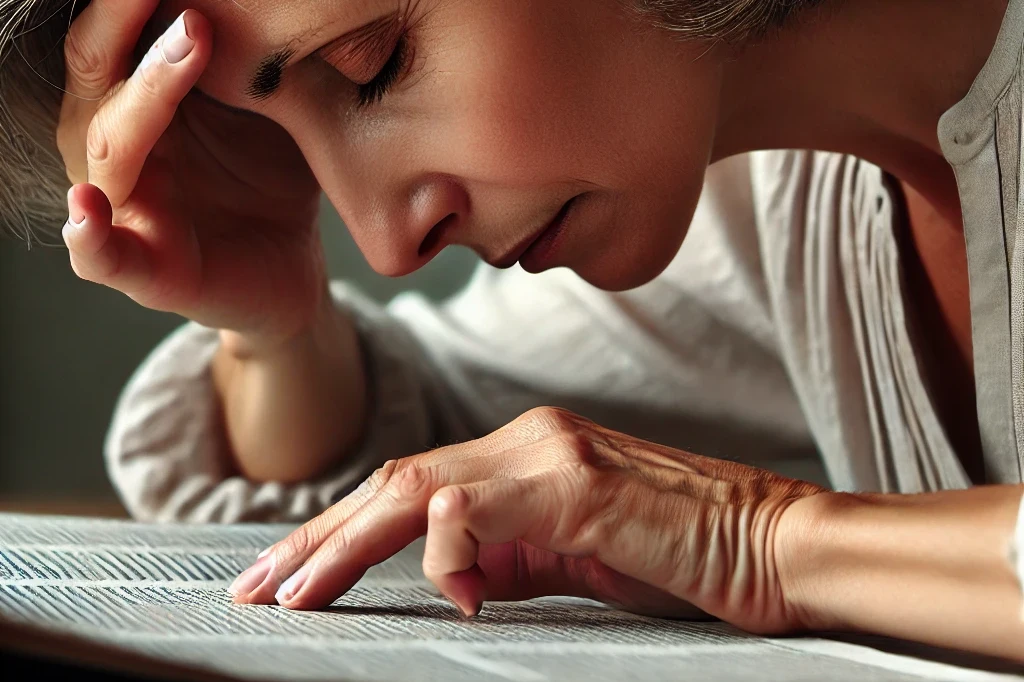
What is low vision?
Low vision is not a disease itself but rather a condition resulting from various underlying eye disorders or health issues, it refers to a significant visual impairment that cannot be fully corrected with standard glasses, contact lenses, medication, or surgery. This condition impedes individuals’ ability to perform everyday activities, such as reading, writing, driving, and recognizing faces. It represents a range of visual limitations that cannot be fully corrected by standard means, emphasizing the need for specialized support and rehabilitation services (Brilliant, 1999). Unlike total blindness, people with low vision retain some degree of usable sight, making their condition distinct from total blindness. (National Eye Institute, 2023; American Academy of Ophthalmology, 2023; Mayo Clinic, 2023).
Understanding Low Vision Through Visual Acuity Tests
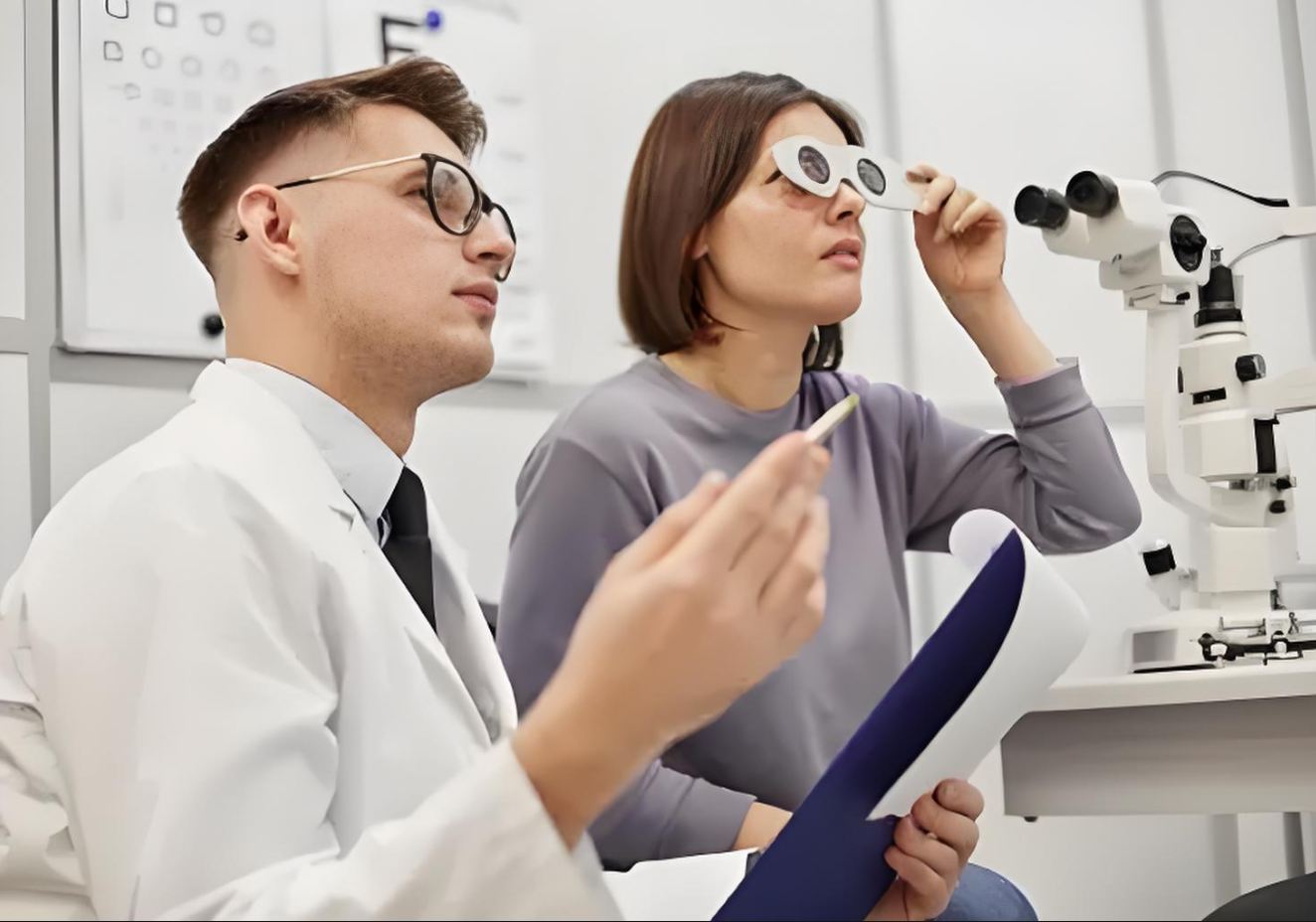
Low vision is defined based on visual acuity and visual field criteria. According to the World Health Organization (WHO), low vision includes a visual acuity of less than 6/18 (20/70) but equal to or better than 3/60 (20/400) in the better eye with the best possible correction. Additionally, a visual field of 20 degrees or less in the better eye is considered a significant impairment (World Health Organization, 2023).
In United States, The standard visual acuity test is part of a comprehensive low vision exam, typically conducted by an eye doctor, often involving the Snellen eye chart, which measures the clarity of vision at a distance of 20 feet. A score of 20/70 indicates moderate visual impairment, where vision at 20 feet is comparable to normal vision at 70 feet. A score of 20/200 or worse qualifies as severe low vision. However, low vision is a condition present even when using corrective lenses. Individuals who can improve their vision with glasses, contacts, or surgery do not fall under the low vision category, emphasizing the importance of proper eye care.(Cleveland Clinic, 2023).
Types of Low Vision
Low vision can manifest in various forms, each affecting vision differently. Individuals with low vision, often due to underlying eye diseases, experience a range of visual disturbances, varying in severity and nature.
The specifics of what they see depend on the underlying cause, typically related to eye diseases, and the extent of their impairment. Common types and symptoms of low vision include:
Central Vision Loss
Difficulty seeing things directly in front, which is common in conditions like age-related macular degeneration and can lead to a significant loss of central vision. This can make activities like reading and recognizing faces challenging.
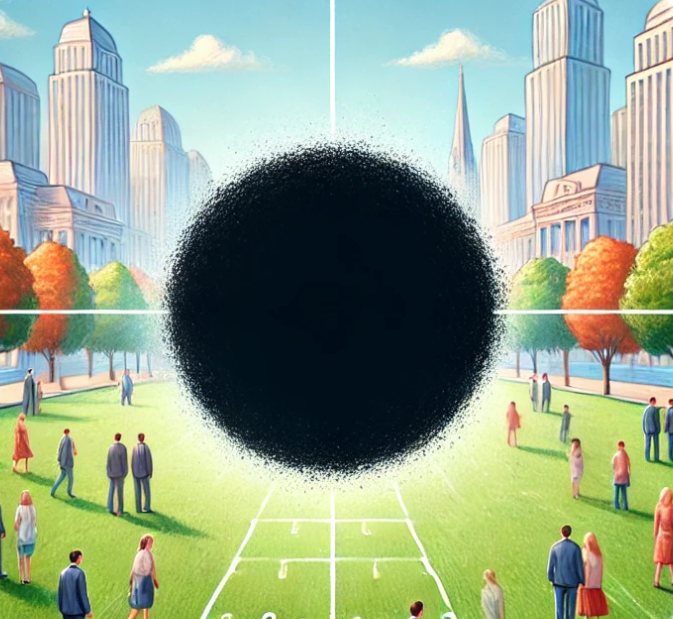
Peripheral Vision Loss
Trouble seeing things out of the corner of the eye, often associated with glaucoma, which can create a significant blind spot. This tunnel vision can affect mobility and navigation.

Night Blindness
Poor night vision and low-light conditions, which can occur with retinitis pigmentosa.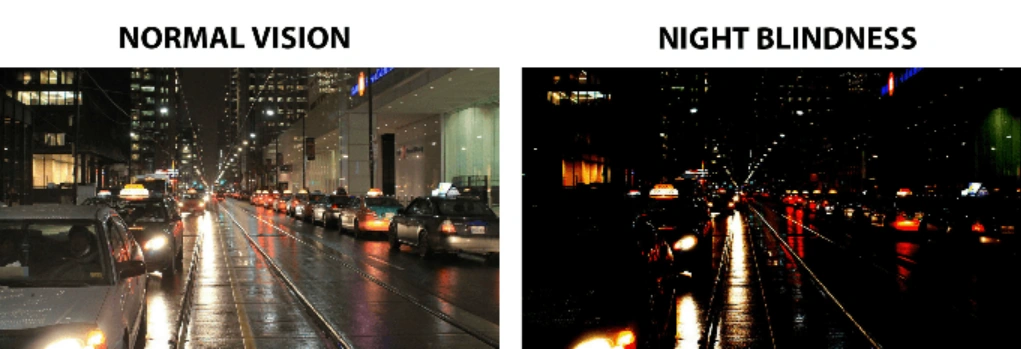
(Netrajyot Eye Clinic, n.d.)
Blurred Vision
Blurred vision occurs when everything appears out of focus, often due to cataracts. Objects may seem blurry at any distance, affecting daily tasks like reading or driving. Persistent blurry vision requires medical attention, especially if caused by underlying conditions like cataracts.

Hazy Vision
Objects seem to be covered with a film or glare, often seen in corneal scarring or severe dry eyes.
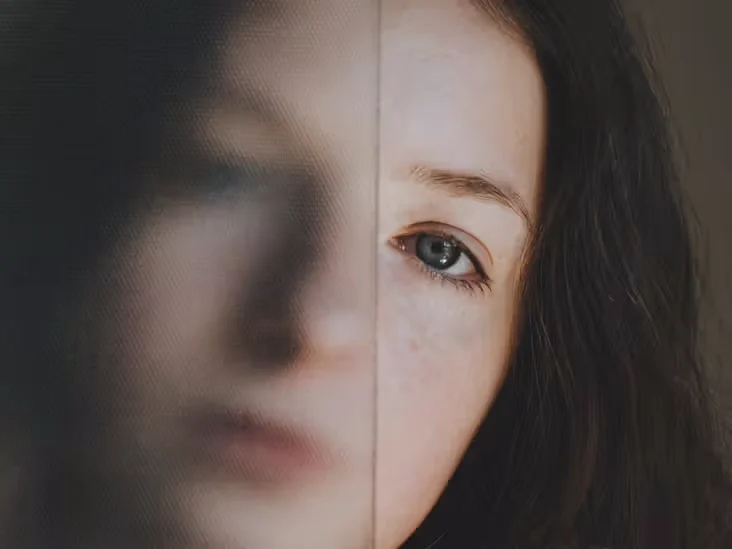
(Healthline, n.d.)
Reduced Contrast Sensitivity
Difficulty distinguishing between objects of similar colors.
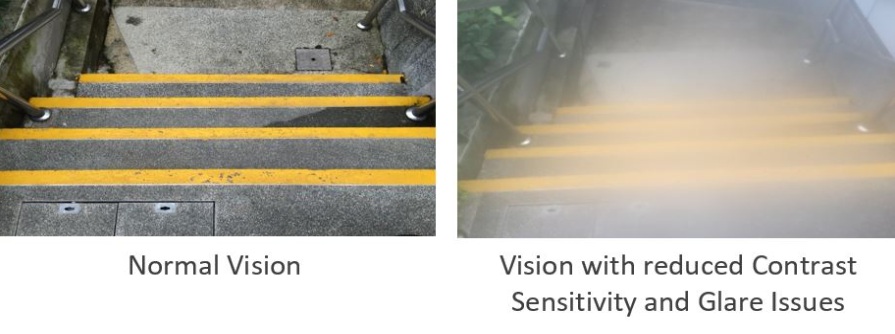
(Singapore National Eye Centre, n.d.)
Glare and Light Sensitivity
Bright lights can cause discomfort or obscure vision (American Academy of Ophthalmology, 2023; All About Vision, 2023).

These visual challenges necessitate tailored interventions and support to improve the quality of life for individuals with low vision.
What Do Low Vision People See?
The Videos Below are the daily visual experiences of individuals with low vision due to different causes. Next, we will see through their eyes and witness what they perceive.
At this point, you might be asking, ‘For them, is it congenital or acquired? Why does their vision appear this way? Is it possible to restore and cure these symptoms?’
To know the answers to these questions, first, understanding why their vision appears this way is essential. Then, we can explore whether there are effctive managements or opportunities for a cure based on different symptoms and conditions (Goodrich & Kirby, 2001). Alright, let’s continue exploring this topic.
Is Low Vision Congenital or Acquired?
Low vision can be either congenital or acquired, depending on the timing and nature of the underlying condition. Vision rehabilitation services help people with low vision make the most of what they’ve got. A specialist can help connect you with low vision aids and assistive technology to make your life easier (Mayo Clinic, 2023).
Congenital Low Vision
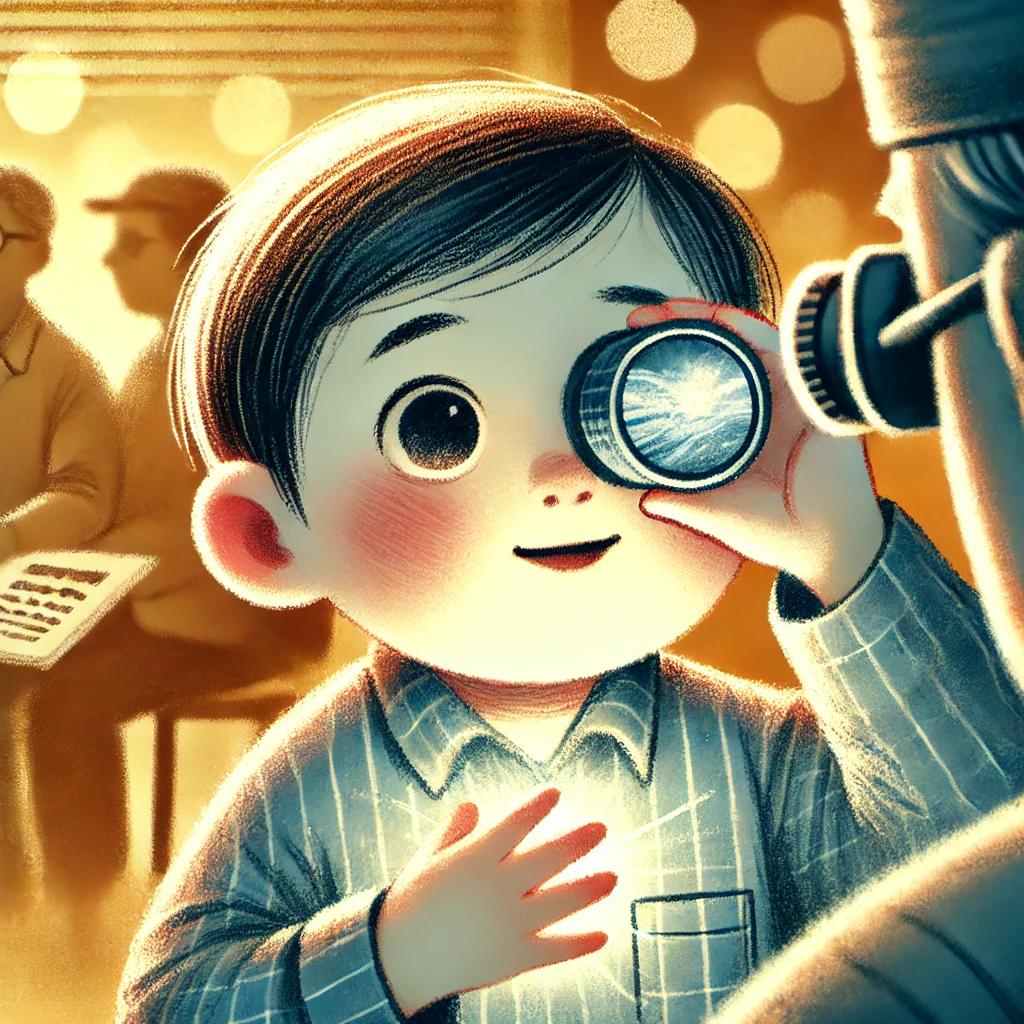
Some individuals are born with visual impairments due to genetic factors or developmental issues. Conditions like congenital cataracts, albinism, and Leber congenital amaurosis are examples of congenital causes of low vision (Cleveland Clinic, 2023).
For children and adolescents with congenital low vision, there are targeted treatments and interventions that can help improve their vision or manage their condition:
Surgical Interventions
Some congenital conditions, such as congenital cataracts, can be treated with surgery. Removing the cataract and replacing the lens can significantly improve vision.
Vision Therapy
Vision therapy involves exercises and activities designed to improve visual skills and processing. It can be beneficial for children with specific visual impairments (Watson, 2001).
Assistive Technology
The use of low vision aids, such as magnifiers, screen readers, and other assistive devices, can help children maximize their remaining eyesight and participate more fully in educational and daily activities (Massof & Lidoff, 2001). The following section will discuss that assistive technology is also applicable to children.
Educational Support
Specialized education programs and resources can help children with low vision learn effectively. This may include the use of Braille, large print materials, and adaptive technologies.
Early Intervention
Early diagnosis and intervention are crucial. Regular eye examinations and prompt treatment of any underlying conditions can prevent further vision loss and support better outcomes (National Eye Institute, 2023).
Acquired Low Vision
This form of low vision develops later in life, often due to age-related diseases, trauma, or systemic conditions like diabetes. Age-related macular degeneration and diabetic retinopathy are common acquired causes (Mayo Clinic, 2023).
Causes of Low Vision
Low vision can result from various eye conditions and diseases, including:
Age-Related Macular Degeneration (AMD)
A leading cause of low vision in older adults, characterized by the deterioration of the central part of the retina.
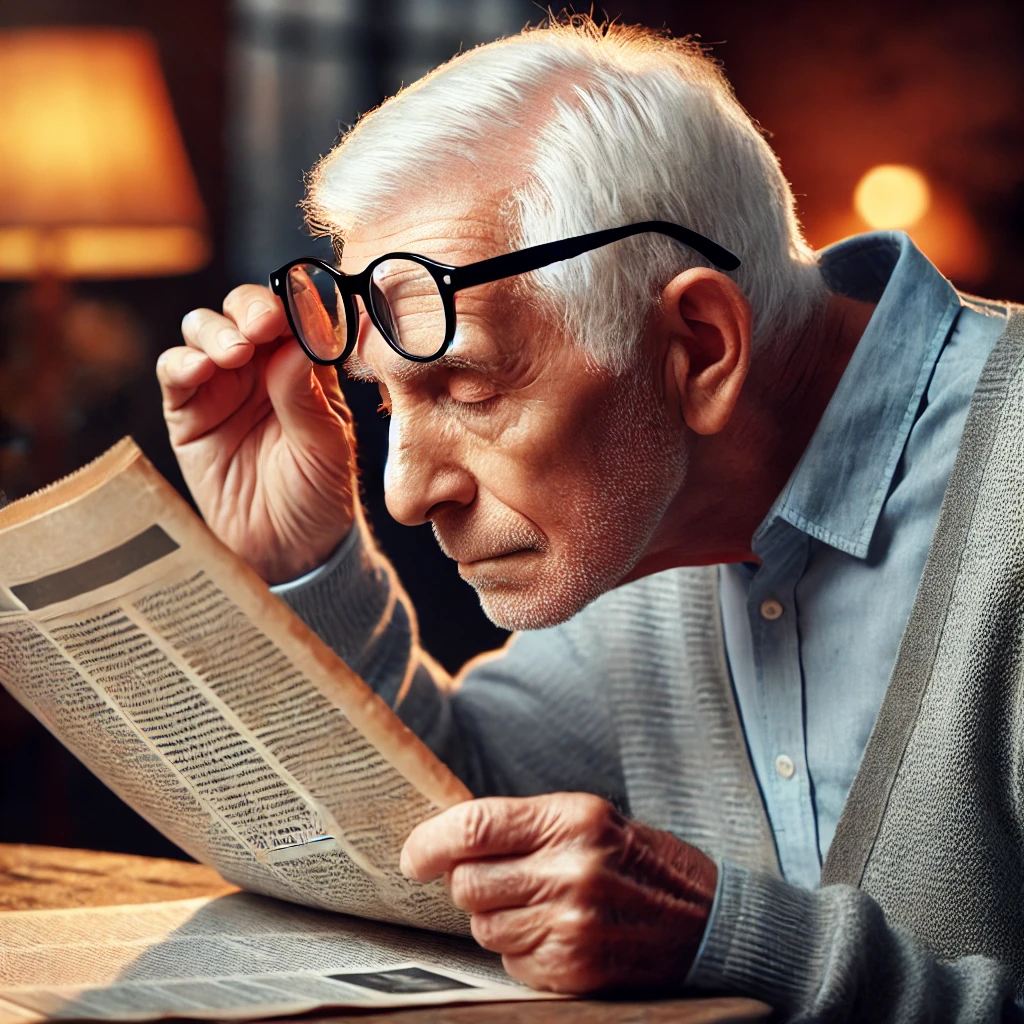
Glaucoma
Increased pressure in the eye can damage the optic nerve, leading to peripheral vision loss.
Diabetic Retinopathy
High blood sugar levels can damage the blood vessels in the retina, resulting in vision impairment.
Cataracts
Clouding of the eye’s lens can significantly blur vision.
Retinitis Pigmentosa
A genetic disorder that affects the retina and can lead to tunnel vision and night blindness.
Traumatic Injuries
Physical damage to the eye or optic nerve, including eye injuries (eye trauma) , brain injury can cause irreversible vision loss. (All About Vision, 2023; Cleveland Clinic, 2023; Brilliant, 1999).
Infectious Diseases
Conditions such as trachoma and onchocerciasis are significant causes of low vision in developing countries (World Health Organization, 2023).
Uncorrected Refractive Errors
Conditions like myopia, hyperopia, and astigmatism, if left uncorrected, can contribute to low vision (Bourne et al., 2023).
How Can People with Low Vision Make the Most of Their Remaining Sight?
Maximizing the use of remaining vision often begins with a consultation with a low vision specialist, involves a combination of strategies, including the use of visual aids, magnification devices and other resources. Effective management and support are crucial for helping individuals with low vision maintain their independence and improve their quality of life. The following interventions and tools can be particularly beneficial:
Use of Assistive Devices
Magnifiers, reading glasses, telescopic glasses, and electronic reading aids can enhance visual capabilities, making it easier to read, write, and perform other tasks. Screen readers, voice-activated assistants, and apps designed for low vision users can facilitate daily activities such as reading, shopping, and communicating. These technologies can be tailored to individual needs and preferences (Optometrists.org, 2023).
Product Name | Main Description & Features |
Zoomax Snow 12 | A portable video magnifier with a large 12-inch screen. Multiple viewing modes, OCR text to speech. |
Zoomax Luna S | A compact handheld video magnifier. High-quality image magnification. |
Zoomax Luna 6 | A lightweight and portable magnifier. Easy to use on the go. |
Acesight VR | A VR headset designed for enhanced visual experiences. |
Snow Pad | A Low-vision Solution Compatible With Your Tablet. |
LUNA HD 24 Pro | A High-Quality Desktop CCTV For Vision Loss. |
Incorporating low vision devices into daily routines, such as using low vision devices for reading and mobility, can significantly enhance the quality of life for individuals with visual impairments. Here is the review video for Zoomax’s best-selling product, the Luna 6:
Environmental Modifications
Improving lighting, using high-contrast colors for better visibility, and reducing glare can significantly improve the usability of remaining vision. Simple changes like using brighter bulbs or arranging furniture to avoid shadows can make a big difference (National Eye Institute, 2023).
Specialized training programs
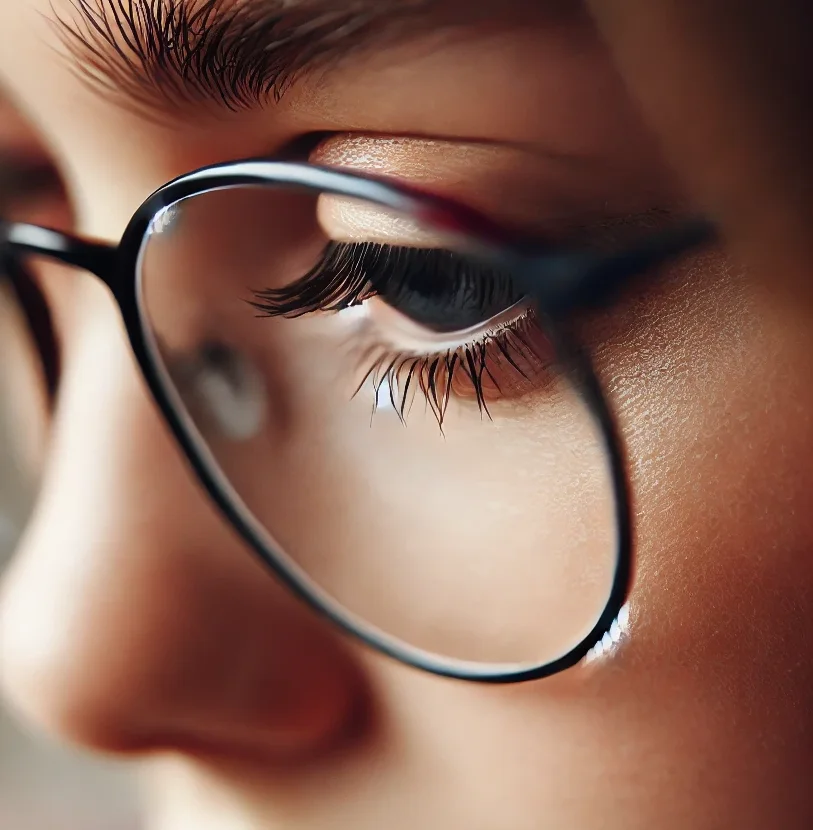
Specialized training programs, involving mobility specialists, can teach individuals how to utilize their residual vision effectively and adapt to their visual limitations. This may include orientation and mobility training to improve navigation skills. These programs also offered through occupational therapy, can teach individuals how to utilize their residual vision effectively. Occupational therapy also provides strategies for adapting to daily challenges related to low vision. (Scheiman & Scheiman, 2007).
Adaptive Techniques
Learning new ways to perform tasks, such as using tactile markers and organizational systems to identify items, can help individuals manage their daily routines more efficiently. For example, using raised dots on appliances can help distinguish different settings by touch (Cleveland Clinic, 2023)
Exercise
Regular physical activity can improve overall health and well-being, which in turn can positively impact vision health. Safe and enjoyable exercise routines tailored for people with low vision can be found here: Safe and Enjoyable Exercise for People with Low Vision.
Medical Treatment
Medical Treatment and regular eye examinations are also important for managing underlying conditions like glaucoma or diabetic retinopathy can lead to significant loss of vision, affecting the retina and causing vision impairment. (American Academy of Ophthalmology, 2023)
By leveraging these resources and techniques, individuals with low vision can make the most of their remaining sight and maintain a high quality of life.
Conclusion
Low vision, a condition affecting millions of people worldwide, encompasses a range of visual impairments that significantly impact daily activities. Understanding that low vision is not a single disease but rather a result of various underlying conditions highlights the importance of personalized care and targeted interventions. Through the use of assistive devices, environmental modifications, vision rehabilitation, adaptive techniques, exercises and medical treatments, individuals with low vision can enhance their remaining vision and improve their overall quality of life. Early diagnosis and ongoing medical care are crucial for managing low vision and preventing further deterioration. With the right support and resources, and involvement in support groups, those with low vision can lead fulfilling and independent lives.
FAQs
1. What is Low Vision?
Low vision is a visual impairment caused by eye disorders like macular degeneration, glaucoma, or diabetic retinopathy. It cannot be corrected with glasses, lenses, or surgery, affecting daily tasks like reading or recognizing faces (World Health Organization, 2023).
2. What is the difference between low vision and blindness?
Low vision involves significant visual impairment with some remaining vision, while blindness indicates a near or total loss of sight.
3. Can low vision be prevented?
Some causes, like diabetic retinopathy, can be managed or prevented with medical care and lifestyle changes. Regular eye exams are essential.
4. What are the types of low vision?
Types include central vision loss, peripheral vision loss, night blindness, and blurred or hazy vision.
5. What assistive devices help with low vision?
Devices like electronic magnifiers (e.g., Zoomax Luna 6) enlarge text and images for better visibility, while screen readers convert text into speech. VR headsets like Acesight VR also enhance visual experiences by helping users see details more clearly.
6. Is low vision congenital or acquired?
Low vision can be both congenital or acquired due to age-related diseases or injury.
References
American Academy of Ophthalmology. (2023). Understanding Low Vision. Retrieved from https://www.aao.org
All About Vision. (2023). Low Vision: Definition, Causes, Treatment. Retrieved from https://www.allaboutvision.com
Bourne, R. R. A., et al. (2023). Global prevalence of vision impairment and blindness. The Lancet Global Health, 11(1), e88-e98. https://pubmed.ncbi.nlm.nih.gov/29550169/
Brilliant, R. L. (1999). Essential Concepts in Low Vision Rehabilitation. Butterworth-Heinemann. ISBN: 978-0-75060-537-7.
Cleveland Clinic. (2023). Low Vision: Causes, Characteristics, Treatment & Prevention. Retrieved from https://my.clevelandclinic.org
Goodrich, G. L., & Kirby, J. N. (Eds.). (2001). Visual Impairment in the Schools (3rd ed.). Charles C Thomas Publisher. ISBN: 978-0-39807-382-2.
Healthline. (n.d.). Hazy vision: Causes, symptoms, and treatment. Healthline. https://www.healthline.com/health/hazy-vision
Massof, R. W., & Lidoff, L. (Eds.). (2001). Low Vision Rehabilitation: Caring for the Whole Person. American Foundation for the Blind. ISBN: 978-0-89128-379-9.
Mayo Clinic. (2023). Low Vision. Retrieved from https://www.mayoclinic.org
National Eye Institute. (2023). Facts About Low Vision. Retrieved from https://www.nei.nih.gov/learn-about-eye-health/eye-conditions-and-diseases/low-vision
Netrajyot Eye Clinic. (n.d.). Night blindness (nyctalopia): Illuminate your path to clearer nights. Netrajyot Eye Clinic. https://netrajyot.com/night-blindness-nyctalopia-illuminate-your-path-to-clearer-nights/
Optometrists.org. (2023). What is Low Vision? Retrieved from https://www.optometrists.org
Scheiman, M., & Scheiman, M. (2007). Low Vision Rehabilitation: A Practical Guide for Occupational Therapists. Slack Incorporated. ISBN: 978-1-55642-740-8.
Singapore National Eye Centre. (n.d.). Low vision: Common symptoms, contrast sensitivity, and glare. Singapore National Eye Centre. https://www.snec.com.sg/patient-care/specialties-and-services/clinics-centres/low-vision-common-symptoms-contrast-sensitivity-and-glare
Watson, G. R. (2001). Low Vision in the Geriatric Population: Rehabilitation and Management. Slack Incorporated. ISBN: 978-1-55642-452-0.
World Health Organization. (2023). Global Initiative for the Elimination of Avoidable Blindness. Retrieved from https://www.who.int/blindness/causes/priority/en/index3.html


I have read some excellent stuff here Definitely value bookmarking for revisiting I wonder how much effort you put to make the sort of excellent informative website
Yes, we are taking the time to raise awareness about the low vision community and provide care for them. We greatly appreciate your attention, and we will continue to work hard.